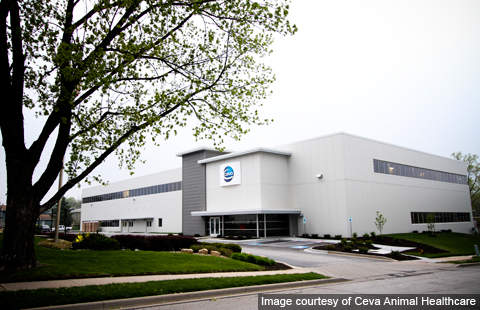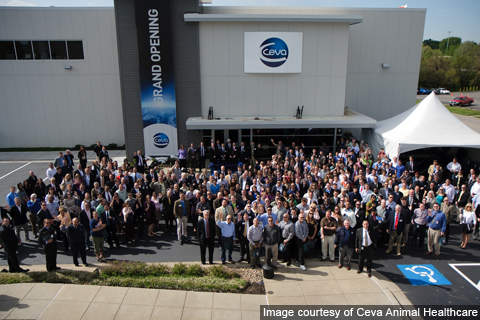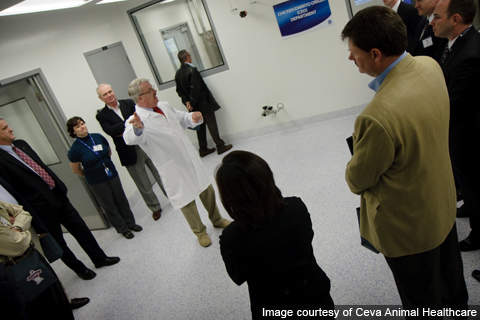Ceva Animal Health (Ceva), a wholly owned US subsidiary of Ceva Santé Animale and a leading player in the global animal health industry, launched a new poultry vaccine production facility in May 2011.
The $18m facility is one of the largest and most advanced facilities of Ceva in the world.
The facility is located in Lenexa, Kansas, in the Biomune campus, adjacent to an existing production facility acquired by Ceva in 2005. Ceva broke ground for the new facility in early 2010, following completion of R&D and quality control laboratories at the existing facility.
Ceva’s existing operation in Lenexa focuses on the production of live, inactivated, recombinant and autogenous vaccines for poultry, cattle and swine.
It will be renovated for an independent custom vaccine project as part of Ceva’s long-term global investment plan in the poultry industry. Ceva plans to invest $100m for R&D activities and construction of new facilities up to 2012.
The new facility is expected to meet the global demand for high quality vaccines. It will double the company’s domestic production and also allow it to cater to the international markets.
It will also add 80 positions to the existing workforce by 2015, with six anticipated in the first year, 20 every year from the second through to the fourth year and 15 in the last year. Ceva currently employs approximately 185 people at its Lenexa operation.
Kansas facility
The new state-of-the-art facility is a 20,000ft² expansion to the existing facility. The expanded facility occupies 55,000ft² of space and features innovative technology and automated systems.
It forms part of the Kansas City Animal Health Corridor, one of the largest clusters of animal health and nutrition companies and universities in the US, extending from Columbia to Manhattan.
Spread over two stories, the facility houses separate manufacturing suites for live vaccines, egg media and batch production. The entire first floor has been dedicated for production and utility operations.
The second floor accommodates an employee support area, administrative areas, quality control laboratories, mechanical zones and space for future expansion.
Production at Ceva’s new facility
The new facility will increase output of two types of vaccines – standard and vector vaccines. It will boost production of Ceva’s Marek’s vaccines five fold. The Marek vaccine is administered to prevent the occurrence of the virulent Marek’s disease in chicken.
The facility will also allow Ceva to double its weekly usage of eggs for the production of viruses. It will also result in a 50% increase in the production of vaccine components.
Financing the substantial project
The project has been partially funded through a $700,000 finance facility granted by Kansas Bioscience Authority (KBA). The grant was given as part of KBA’s expansion and attraction programme aimed at increasing bioscience research activities and attracting companies to set up R&D facilities to create high quality jobs.
Contracts awarded
The new facility has been designed by Jacobs / Wyper Architects, a US based architectural, planning and interior designing company. The design, construction and commissioning services for the new facility are being provided by SNC Lavalin, a leading engineering and construction firm.
US poultry industry
The US poultry industry is the largest producer and second largest exporter of chicken in the world, besides being a significant producer of egg.
Americans on an average consume 70 lbs of poultry meat and about 230 eggs every year.
The market for poultry vaccines is forecasted to grow rapidly over the next ten years, with the rise in the demand for animal protein.
Consumption of poultry products is forecasted to rise by approximately 30%, global meat consumption is anticipated to increase by 20% by 2015 while global demand for animal protein could grow by 50% by 2020.





